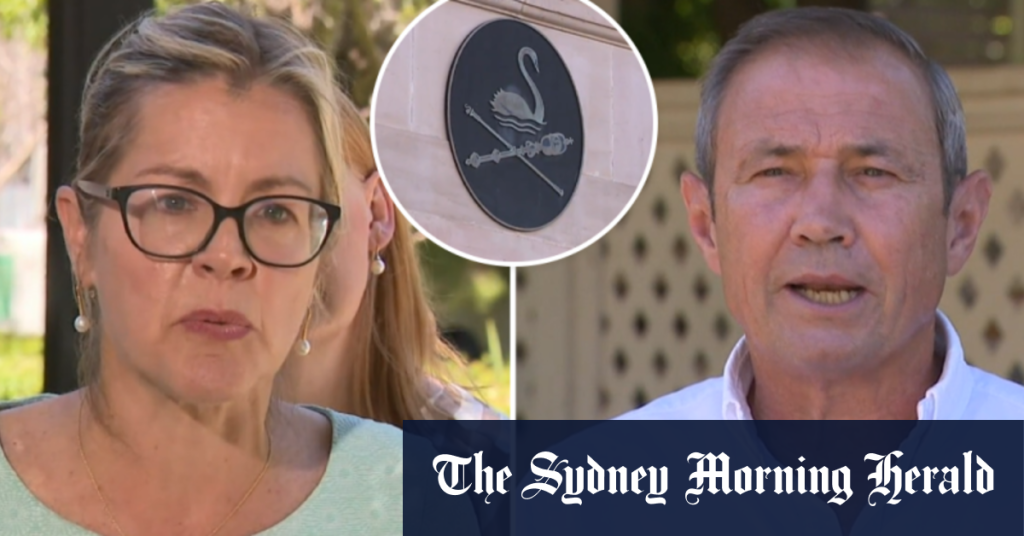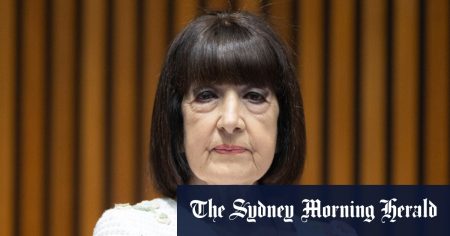The Western Australian political landscape is heating up as the state election draws near, with both Labor and Liberal parties launching aggressive campaigns targeting each other’s perceived weaknesses. A recent attack ad from the Labor camp paints the Liberals as inexperienced and ill-equipped to govern, highlighting their lack of experience in handling complex policy matters and questioning their ability to navigate the challenges facing the state. This line of attack seeks to capitalize on the public’s desire for stable and experienced leadership, portraying the Liberals as a risky alternative to the incumbent Labor government. Conversely, the Liberals have honed in on Labor’s track record in health, criticizing their management of the state’s healthcare system and alleging failures in delivering adequate services. This targeted attack aims to exploit public anxieties surrounding healthcare access and quality, portraying Labor as incompetent in managing a crucial public service. Both parties are actively vying for public support, employing strategic messaging to sway voters in their favor.
The Labor Party’s strategy seems to revolve around emphasizing their experience and stability, contrasting it with what they depict as the Liberals’ untested and potentially volatile leadership. They aim to project an image of competence and reliability, suggesting that they are the safer choice for voters amid uncertain times. By highlighting their past achievements and policy accomplishments, Labor seeks to solidify their position as the party best equipped to guide the state forward. Their messaging appears carefully crafted to appeal to voters who prioritize experience and proven leadership, aiming to create a sense of security and trust in their ability to manage the state’s affairs effectively. This approach contrasts sharply with their portrayal of the Liberals as inexperienced and potentially disruptive, aiming to sow doubt in the minds of voters considering a change in government.
Meanwhile, the Liberals are focusing their efforts on exploiting public concerns about healthcare, a universally sensitive issue that resonates with a broad electorate. By highlighting perceived shortcomings in Labor’s health policies and service delivery, they aim to tap into anxieties surrounding access to quality healthcare. This strategy allows them to position themselves as champions of improved healthcare, promising solutions to the problems they allege Labor has created or failed to address. Their attack ads likely feature stories of individuals impacted by healthcare system failures, aiming to evoke an emotional response and strengthen their message of needed change. This targeted approach seeks to shift public opinion against Labor by directly addressing a critical issue that affects many residents, portraying themselves as the party more attuned to the healthcare needs of the population.
The escalating war of words between the two parties reflects the high stakes of the upcoming election. Both sides are vying for control of the state government, and each understands the importance of shaping public perception in their favor. The attack ads and negative campaigning are likely to intensify as the election date approaches, as each party seeks to maximize its impact on the electorate. This intensifying rivalry underlines the importance of informed decision-making by voters, requiring careful consideration of the claims and counterclaims presented by both sides. The ultimate outcome of the election will depend on which party’s message resonates most effectively with the public and which is perceived as offering the most compelling vision for the future of Western Australia.
The effectiveness of these attack strategies will depend on a variety of factors, including the credibility of the claims made, the resonance of the messages with the public, and the overall political climate. Whether voters prioritize experience and stability or focus on specific policy concerns like healthcare will play a significant role in determining the election’s outcome. The ability of each party to connect with voters on an emotional level and convince them of their commitment to addressing their needs will also be crucial. Ultimately, the election will be a test of both parties’ political acumen and their ability to persuade the electorate that they offer the best path forward for Western Australia.
As the campaign progresses, it will be interesting to observe how the parties adapt their strategies in response to each other’s attacks and to evolving public sentiment. The dynamic nature of political campaigning requires agility and responsiveness, as parties must constantly adjust their messaging to maintain relevance and capture the attention of voters. The effectiveness of their strategies will ultimately be judged by the results of the election, which will reveal which party has most successfully captured the hearts and minds of the Western Australian electorate. The outcome will have significant implications for the future direction of the state, shaping policy decisions and influencing the lives of its residents for years to come.










